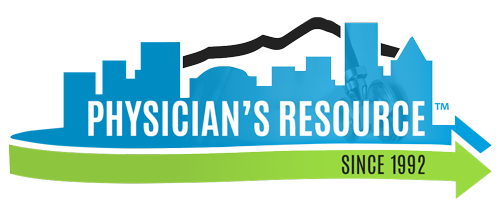All about Hazardous Chemicals and Hazard Communication
From disinfecting sterilants and cleaning agents to toxic drugs and laboratory reagents, the typical work environment in the healthcare sector is chock-full of potentially harmful materials. So if you own a medical, dental, or veterinary practice, you’re probably aware that handling certain hazardous chemicals and toxic substances comes with the territory.
The question is, do your employees know this too?
OSHA, or the Occupational Safety and Health Administration, requires employers to ensure that all their workers know and understand the risks that exist within the workplace. This way, they can take the necessary precautions to prevent illnesses and injuries due to exposure to chemical sources.
OSHA Regulations for Hazardous Chemicals
OSHA has a long list of requirements designed to keep people who work closely with hazardous chemicals safe. Many of these guidelines are included in the Hazard Communication Standard or HCS.
OSHA’s HCS has two major components. One applies to the manufacturers and importers of toxic substances, and the other covers employers and how they must manage the risks in the workplace.
Safety Starting With the Source
Safety must begin at the source; in this case, the manufacturers and importers of the chemicals.
They must first be able to properly evaluate the hazards that come with handling and using the products they sell or import. It is essential to understand that this process does not just involve determining the potentially harmful effects of the chemicals themselves but also when they are mixed with other substances.
From there, they should prepare the appropriate labels and other forms of warning that will help their employees and end users identify or understand the risks. These labels have to follow a standard when it comes to using signal words, pictograms, and precautionary statements.
Enforcing a single labeling guideline that applies to all stakeholders guarantees that there is no room for misinterpretation. This way, there won’t be any confusion that could result in someone somewhere in the supply chain mishandling a hazardous chemical and getting hurt because of it.
Aside from providing the label, manufacturers and importers should also create a Safety Data Sheet or SDS for each of their products.
SDS is written or printed material that identifies the chemical and its composition, the hazards it carries along with the corresponding first aid, and accidental release or fire-fighting measures. It also contains proper handling and storage techniques and other relevant information.
Basically, an SDS outlines everything your employees need to know so they can work safely around a hazardous chemical.
Similar to labels, the SDS also follows specific standards when it comes to the layout. As per OSHA, this document must come in a 16-section format.
The Employer’s Responsibilities
As an employer, it is your duty to maintain the same level of commitment to information dissemination. This is especially true in all work areas where hazardous chemicals are involved.
You must ensure that the labels are still present with each incoming shipment and remain intact for the benefit of all employees handling the toxic substance or performing their tasks around it.
These documents and warning materials must be accessible throughout each work shift.
Aside from maintaining the visual controls, see to it that all concerned employees undergo regular safety training. Note that the SDS and safety labels follow a certain format which is hard to understand properly for the uninitiated.
In addition, all workers must understand the importance of the labels and SDS so they do not remove, deface, or misplace any of these materials.
The Importance of OSHA Consulting and Training
OSHA has many strict requirements when it comes to the handling of chemical hazards in a work environment, and rightly so. More than 13 million workers in the US are potentially exposed to them, resulting in a wide range of illnesses like skin disease and over $1 billion annually in medical costs.
Adding another layer of complexity to workplace safety is that OSHA’s guidelines change from time to time. Nevertheless, it is the regulatory agency’s way of staying relevant and effective in the face of evolving technologies and improving work processes.
If you are willing to do the work to create a safe work environment for your staff but don’t know where to start, there are companies that can point you in the right direction.
Here at Physician’s Resource, we have a team of safety specialists that can help you spot and rectify safety concerns, eliminating all red flags that might be raised in case you come face-to-face with an OSHA auditor.
We can also guide you in coming up with a robust safety system and creating a solid safety culture that translates to zero illnesses or injuries due to hazardous chemicals.
Call us at 1-800-615-1729 for an obligation-free consultation with one of our safety experts today!




